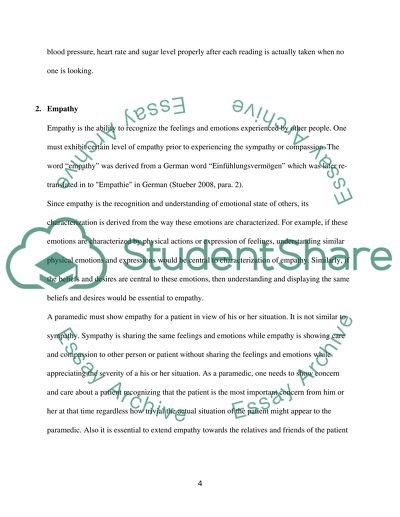Cite this document
(“Professional Behavior in Emergency Medical Services (integrity, Essay”, n.d.)
Professional Behavior in Emergency Medical Services (integrity, Essay. Retrieved from https://studentshare.org/health-sciences-medicine/1494524-integrity-empathy-self-motivation-appearance-and
Professional Behavior in Emergency Medical Services (integrity, Essay. Retrieved from https://studentshare.org/health-sciences-medicine/1494524-integrity-empathy-self-motivation-appearance-and
(Professional Behavior in Emergency Medical Services (integrity, Essay)
Professional Behavior in Emergency Medical Services (integrity, Essay. https://studentshare.org/health-sciences-medicine/1494524-integrity-empathy-self-motivation-appearance-and.
Professional Behavior in Emergency Medical Services (integrity, Essay. https://studentshare.org/health-sciences-medicine/1494524-integrity-empathy-self-motivation-appearance-and.
“Professional Behavior in Emergency Medical Services (integrity, Essay”, n.d. https://studentshare.org/health-sciences-medicine/1494524-integrity-empathy-self-motivation-appearance-and.


